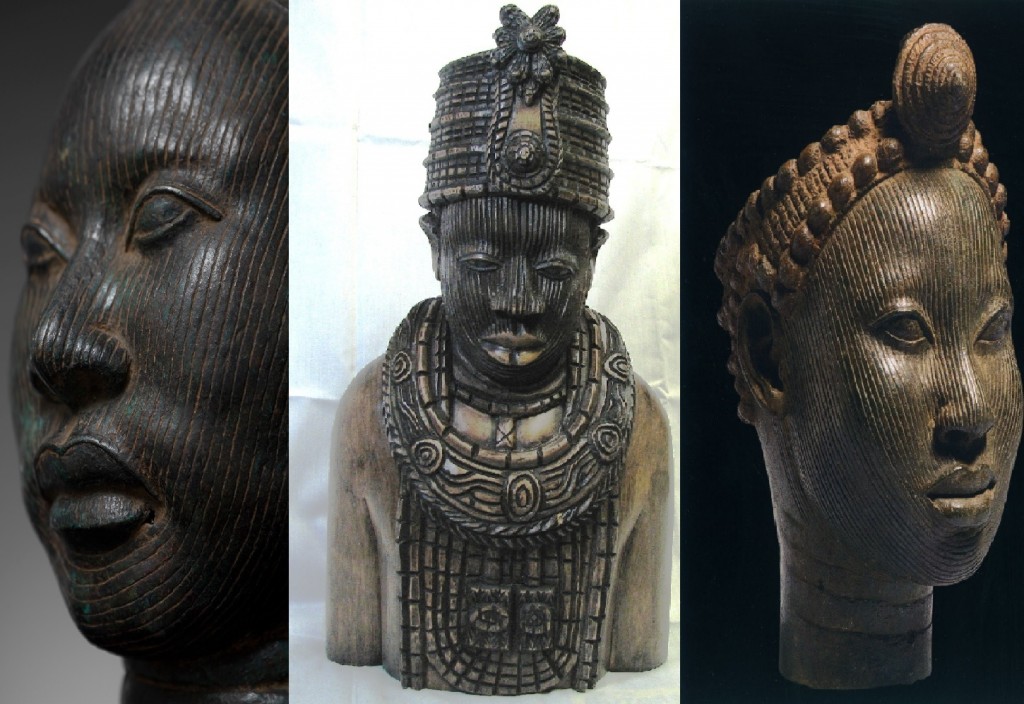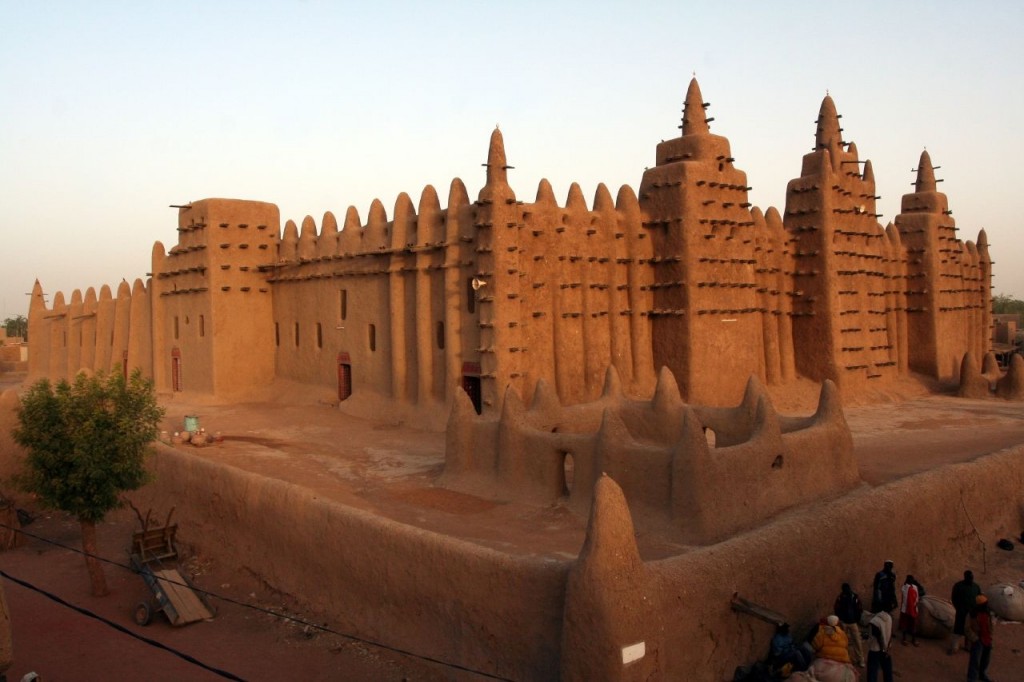Perspectives on Africa, its peoples and various parts, often oversimplify the continent. The fact that I can even, in my opening sentence and title, refer to a singular “Africa” rather than a more specific part, and yet be confident that readers will have an already formed image and understanding of this “Africa,” shows how we tend to group this vast continents’ diverse histories and peoples into a singular entity.
So why do we have this oversimplified view of the continent? Many pan-Africanists talk about the role of colonialism in not only destroying a lot of Africa’s past, physically and culturally, but also in contributing to the contemporary socio-political scene, where Africa almost always comes off second best.
Archaeologists and historians have, in more recent times, been uncovering more and more history about pre-colonial Africa, and shedding light on how and why these pasts are not always remembered.
Firstly, the historical archaeological approach to Africa can be exemplified through examples such as Great Zimbabwe or The Ife Kingdom in West Africa. These well-known, impressive monuments and remnants of past societies were at first attributed, by early European explorers, to belong to more civilized societies from further north, rather than of being of African origin. The Ife Kingdom in modern day Nigeria was thought to be the lost city of Atlantis by German explorer Leo Frobenius, who refused to accept that the complex and ornate bronze sculptures he found were made by Africans. This diffusionist explanation has gradually been replaced by a more processual one, and places like these have been shown to originate from local cultures and histories as opposed to more northern, “higher centres.”

Image 1: Examples of the bronze sculptures of the Ife Kingdom. Leading art experts believe they are among the most aesthetically striking and technically sophisticated in the world.
Apart from this early trend in attributing African monuments to non-African sources, there was a subsequent and wider spanning history of the systematic destruction of African societies.
In the period between the late 19th and early 20th centuries, known as the “scramble for Africa,” European powers invaded, occupied, colonized and annexed parts of the continent. The political justification for this manifested early on under the “Terra Nullius’ law, which stated that any land which lacks sovereignty by any state is open to acquisition by occupation. When it became clear that Africa was not “Terra Nullius,” the justification shifted to the duty of colonial rule over societies of savages and uncivilized peoples. This too was a short-lived agenda as colonialists discovered the aforementioned monuments and cities that indicated anything but savagery or lack of civilization. The resulting approach was to destroy these physical manifestations of civilization in order to create not only a landscape lacking the signs of sophisticated society but also the segmentation of these societies by the destruction of their physical centres.

Image 2: What survives today of the ancient city of Timbuktu in Mali. In the 14th century Timbuktu was five times bigger than the city of London at that time, and was the richest city in the world. Today it is 236 times smaller than London and has nothing of a modern city.
Modern archaeology and historical review has done much to broaden our knowledge of Africa’s past. These more accurate, and enlightened, historical perspectives are critical in helping address the current social regard for Africa, not as a singular entity, but as a continent filled with widespread and diverse peoples, cultures and histories.
Additional Reading:
100 African cities destroyed by Europeans:
http://www.siliconafrica.com/terra-nullius/
How Europe under-developed Africa by Walter Rodney:
http://www.goodreads.com/book/show/40630.How_Europe_Underdeveloped_Africa
http://vaslib.vassar.edu/search~S1?/arodney/arodney/1%2C22%2C49%2CB/frameset&FF=arodney+walter&7%2C%2C8
Sources
Renfrew, C and Bahn, P. Archaeology Essentials. Thames & Hudson, London, 2010: pp 271.
Mawuna Remarque Koutonin. “100 African Cities Destroyed By Europeans: WHY there are seldom historical buildings and monuments in sub-Saharan Africa!” siliconafrica.com. 16 November 2014. <http://www.siliconafrica.com/terra-nullius/>
Stephanie Busari. The African Sculptures mistaken for remains of Atlantis.” cnn.com. 16 November 2014. <http://www.cnn.com/2010/WORLD/africa/06/21/kingdom.ife.sculptures/>
Image 1: http://logbaby.com/encyclopedia/the-ancient-city-of-_12715.html#.VGmWD8kRauI
Image 1: http://tenthousandlux.blogspot.com/2010/03/kingdom-of-ife.html
Image 2: http://www.sodahead.com/united-states/extremists-destroy-historic-shrines-in-timbuktu-mali/question-2775043/?link=ibaf&q=&esrc=s

Many downplay the role of art in society, often deeming it insignificant relative to other more “essential” facets. Some argue that art as something “non-vital” cannot tell us as effectively about the everyday way of life of a culture. However, as your post demonstrates, art and architecture serve as powerful carriers of history and identity that may be manipulated with very real political and social consequences. Often very intentional articulations of identity/representations of a culture, how do “artistic” artifacts convey meaning differently? What can art tell us that more “functional” artifacts cannot? Alternately, are these two categories of artifact really so distinct?
I think your point about how oftentimes historical/archaeological artifacts, like art, can be manipulated for a particular political or social agenda is very important. It is one of the important take away aspects of this course, particularly the role that contemporary archaeologists attempt to take in providing non-biased, but nevertheless political/social, information about histories and their cultures. This information is key if we are to attempt to not only address the problems of the past, but also how those past problems manifest in the present.
You bring up the difference between more “functional” artifacts and those that are more “artistic.” While there is some overlap between these two, as production of functional objects often provides an opportunity for artistic expression, I feel that artistic artifacts, particularly those created as such, deserve separate and specific attention. These artifacts may represent important aspects of a given culture, at a given time. They can give us information about how people from that time felt, or what aspects of life they thought needed expression. Art can convey discontent, or appraisal. In a separate way, even art, and expression through art, can be controlled by a certain times particular ruling powers. All of these aspects of a given culture, at a given time, can be explored through the analysis of art and artistic expression.